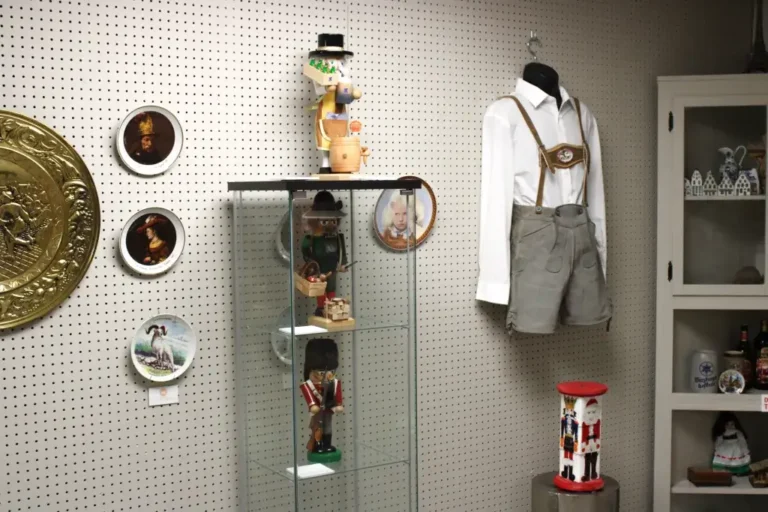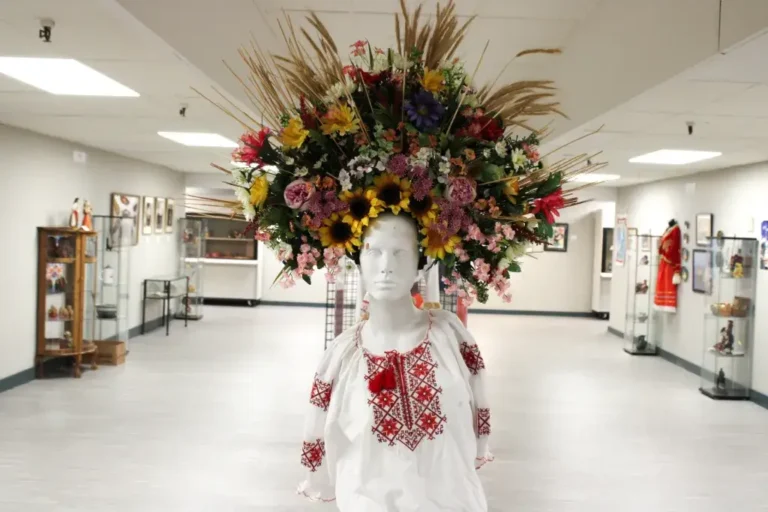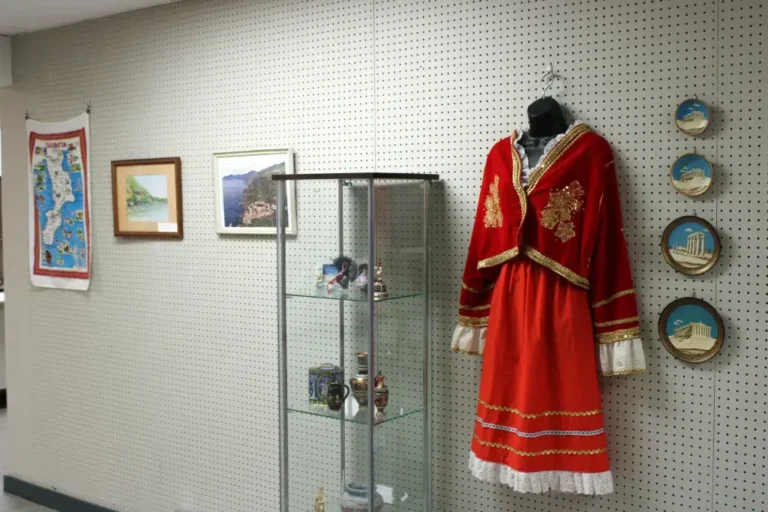






European prehistoric art started as mobile Upper Paleolithic rock and cave painting and petroglyph art and was characteristic of the period between the Paleolithic and the Iron Age.
Before the 1800s, the Christian church was a major influence on European art, and commissions from the Church provided the major source of work for artists. In the same period there was also a renewed interest in classical mythology, great wars, heroes and heroines, and themes not connected to religion. Most art of the last 200 years has been produced without reference to religion and often with no particular ideology at all, but art has often been influenced by political issues, whether reflecting the concerns of patrons or the artist.
European art is arranged into a number of stylistic periods, which, historically, overlap each other as different styles flourished in different areas. Broadly the periods are, Classical, Byzantine, Medieval, Gothic, Renaissance, Baroque, Rococo, Neoclassical, Modern, Postmodern and New European Painting.
Curated by:
Daniel Del Real
Artists:
TBD.
Donations:
Members of the Community.

Mon: 10AM to 5PM
Tues: 10AM to 5PM
Wed: 10AM to 7PM
Thurs: 10AM to 5PM
Fri: 10AM to 5PM
Sat: Noon to 4PM
Sun: Closed
*Please call for holiday hours*